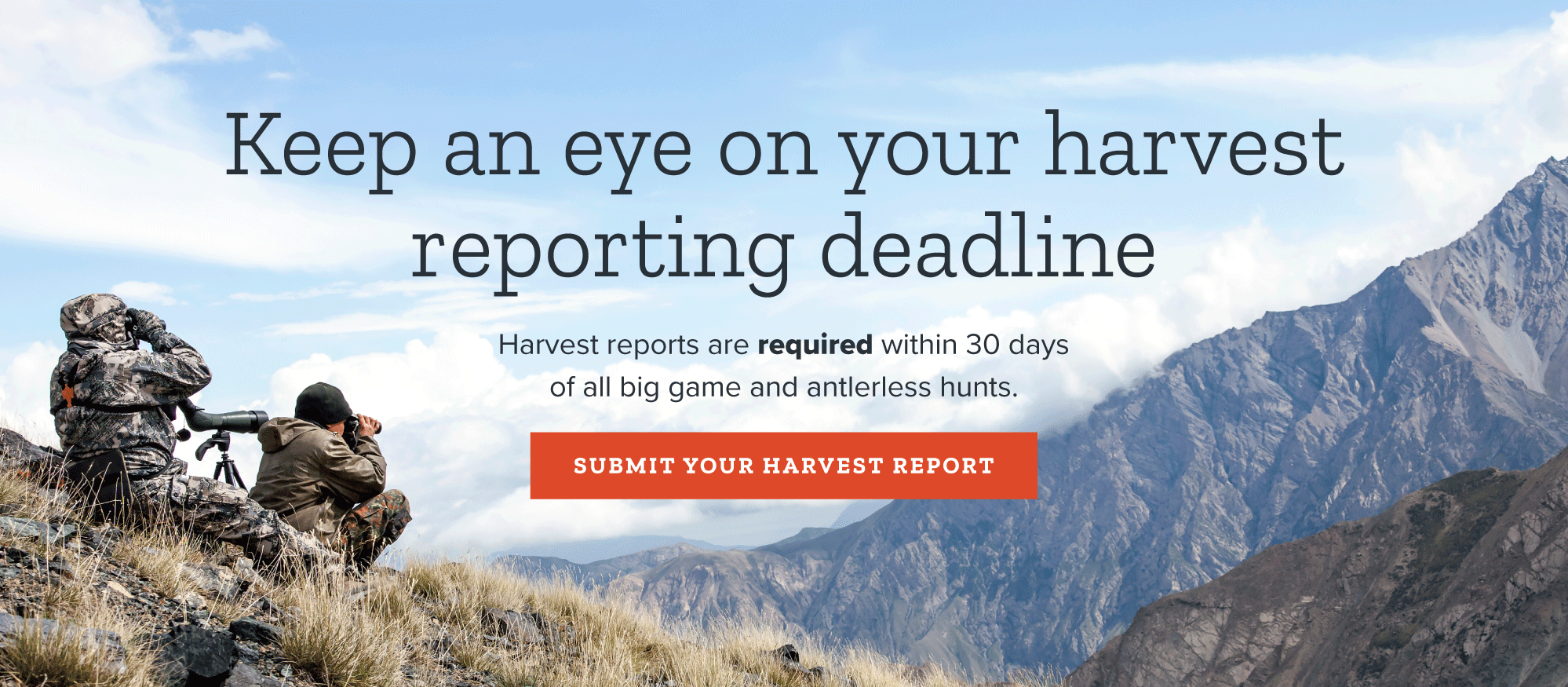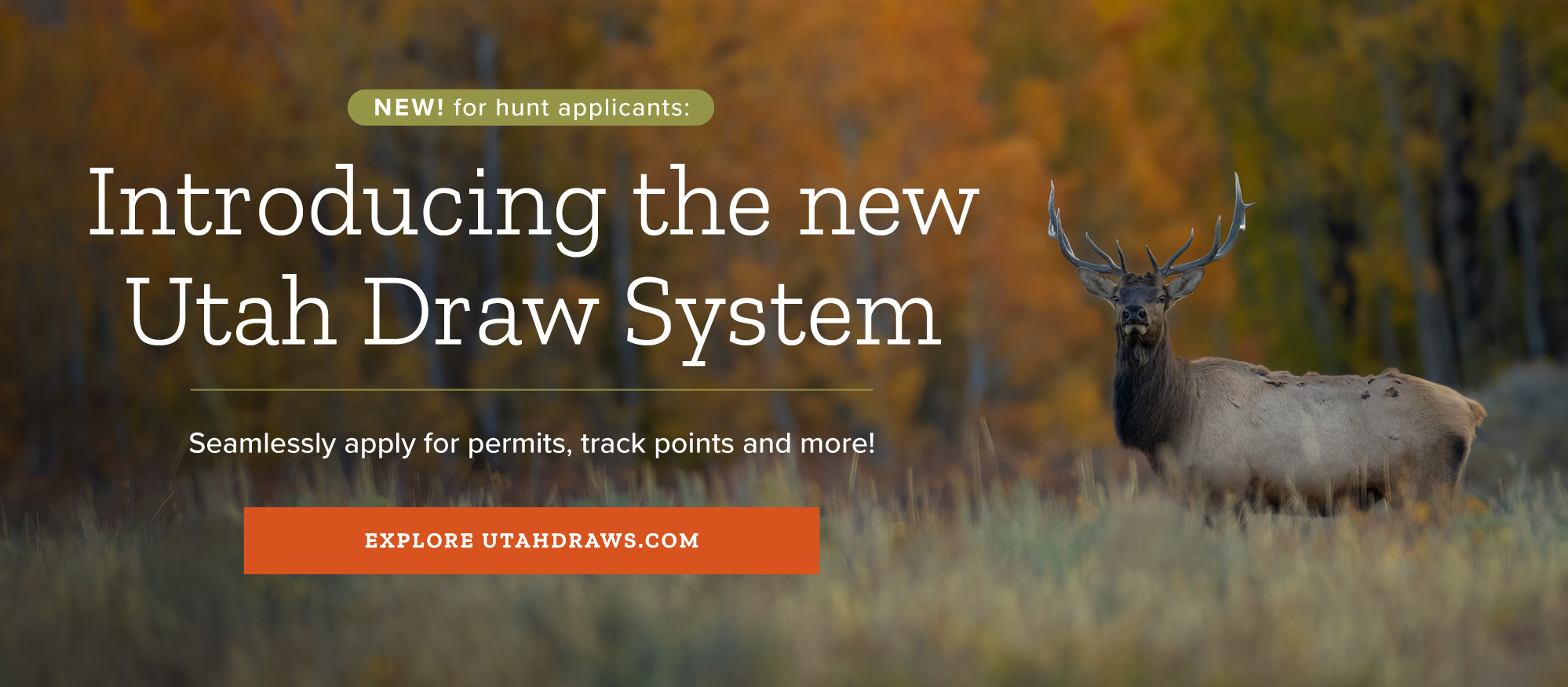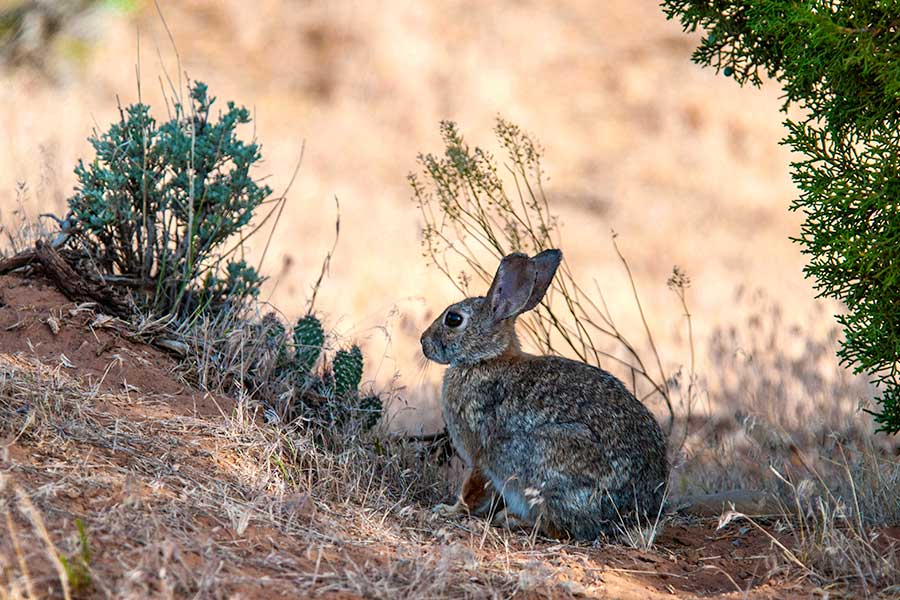Rabbit hemorrhagic disease recently confirmed in Uintah County
UINTAH COUNTY — After being confirmed in southern Utah in June, rabbit hemorrhagic disease (RHDV-2) has now been confirmed in wild rabbit populations in northeastern Utah too.
Prior to the most recent discovery between Fort Duchesne and Lapoint in Uintah County, rabbit hemorrhagic disease in Utah had been found only in San Juan, Wayne, Sanpete and Iron counties. RHDV-2 only infects rabbits. It's not known to affect humans, livestock or other pets. However, precautions should be taken when handling rabbit carcasses to avoid spreading RHDV-2 or other known infectious diseases, like tularemia, that can be dangerous if transmitted to humans.
The virus can survive for months in the environment and spread from dead rabbit carcasses or through food, water and any other contaminated materials, like the urine or feces of sick rabbits or through contact with feces from predators that have eaten infected rabbits. People can spread the virus indirectly by carrying it on their clothing and shoes if walking in and around areas where deceased rabbits are found.
Signs of RHDV-2 to look for in rabbits are bleeding from the mouth or nose. The virus causes liver inflammation that prevents blood from clotting and eventually, the rabbit dies from internal hemorrhage (bleeding). There is no treatment for RHDV-2. If you see multiple dead rabbits or rabbits with signs of the virus, please leave them where they are, take a photo, record the location and contact the nearest Utah Division of Wildlife Resources office.
Unfortunately, it is difficult — if not impossible — to control the disease once it's established in the wild. Therefore, please do everything you can to help prevent spreading the disease. Here's some guidance for rabbit hunters, who are the segment of the population most likely to come into contact with diseased rabbits:
- Do not harvest rabbits that appear sick or lethargic.
- Wear rubber or disposable latex gloves while handling and cleaning harvested game.
- Decontaminate boots and other field gear with a 10% bleach solution.
- When cleaning harvested game, bag any remains and dispose of them by placing them in the trash. (Before doing so, check local ordinances concerning the disposal of game carcasses.)
- Do not dispose of remains where other rabbits or scavengers may have access to them.
- When you are finished processing your harvested game, wash your hands thoroughly with soap or disinfectant, and disinfect all knives, equipment and surfaces that came in contact with the game.
- If later contact with live rabbits is possible, hunters should shower and change clothing immediately after cleaning harvested game.
- Do not eat, drink or smoke while handling harvested animals.
- All harvested game should be thoroughly cooked to an internal temperature of 165 degrees.
- If you notice any discoloration or hemorrhages on internal organs after harvesting the rabbit, or if you see anything that may appear abnormal or a cause for concern, please contact your local DWR office.
If you suspect RHDV-2 in a domestic rabbit, contact your veterinarian immediately or the State Veterinarian's office at 801-982-2235. For more information on RHDV-2 in domestic rabbits, visit the Utah Department of Agriculture and Food website.


















